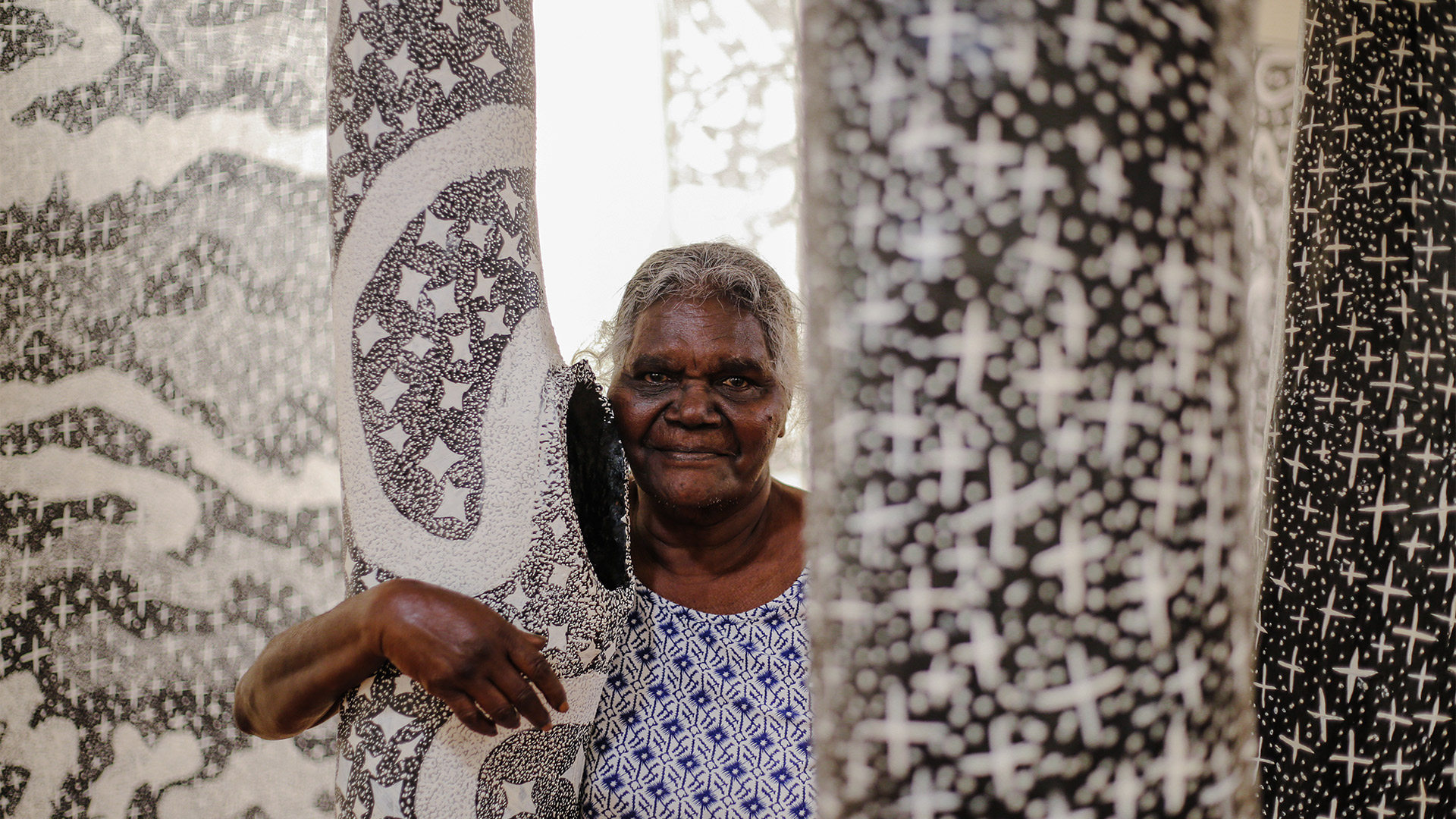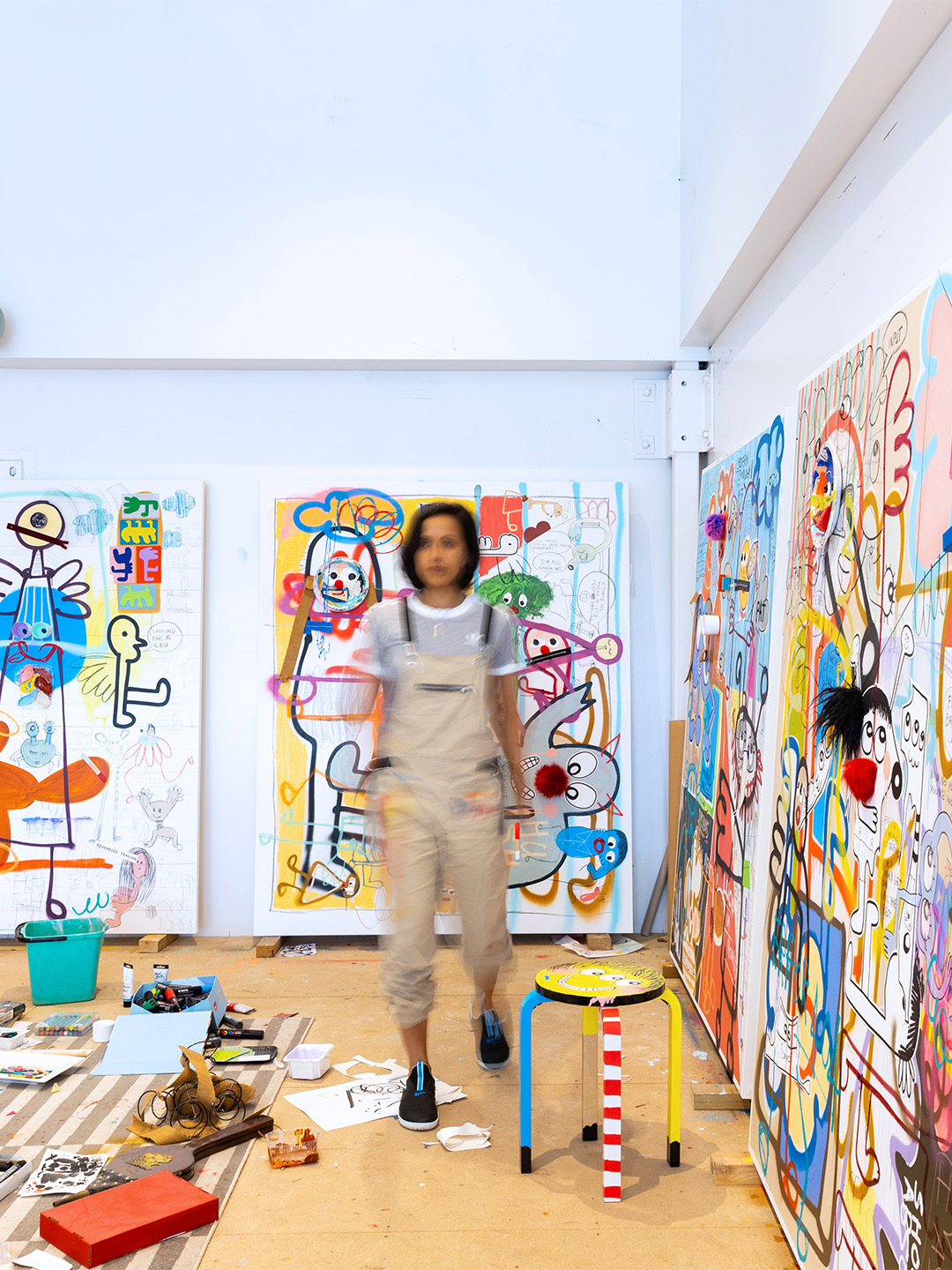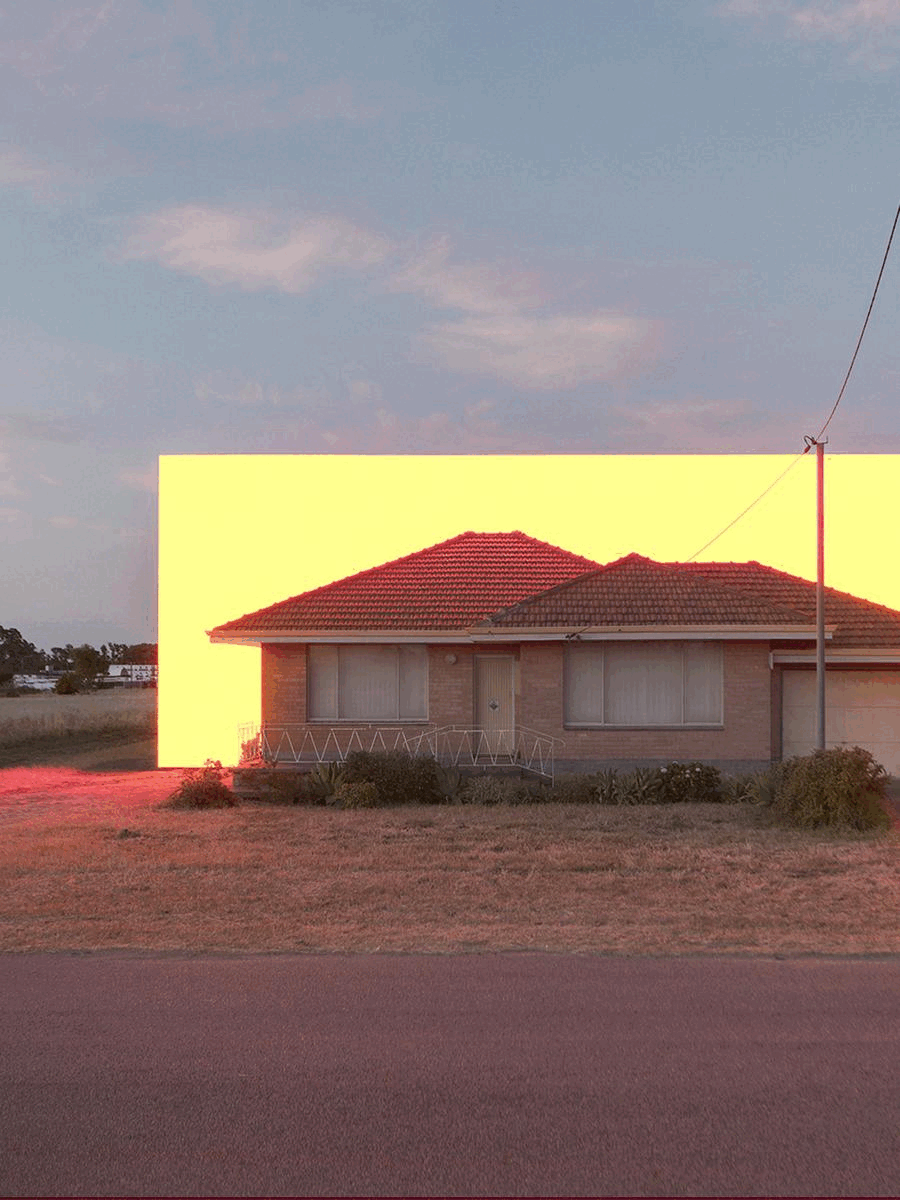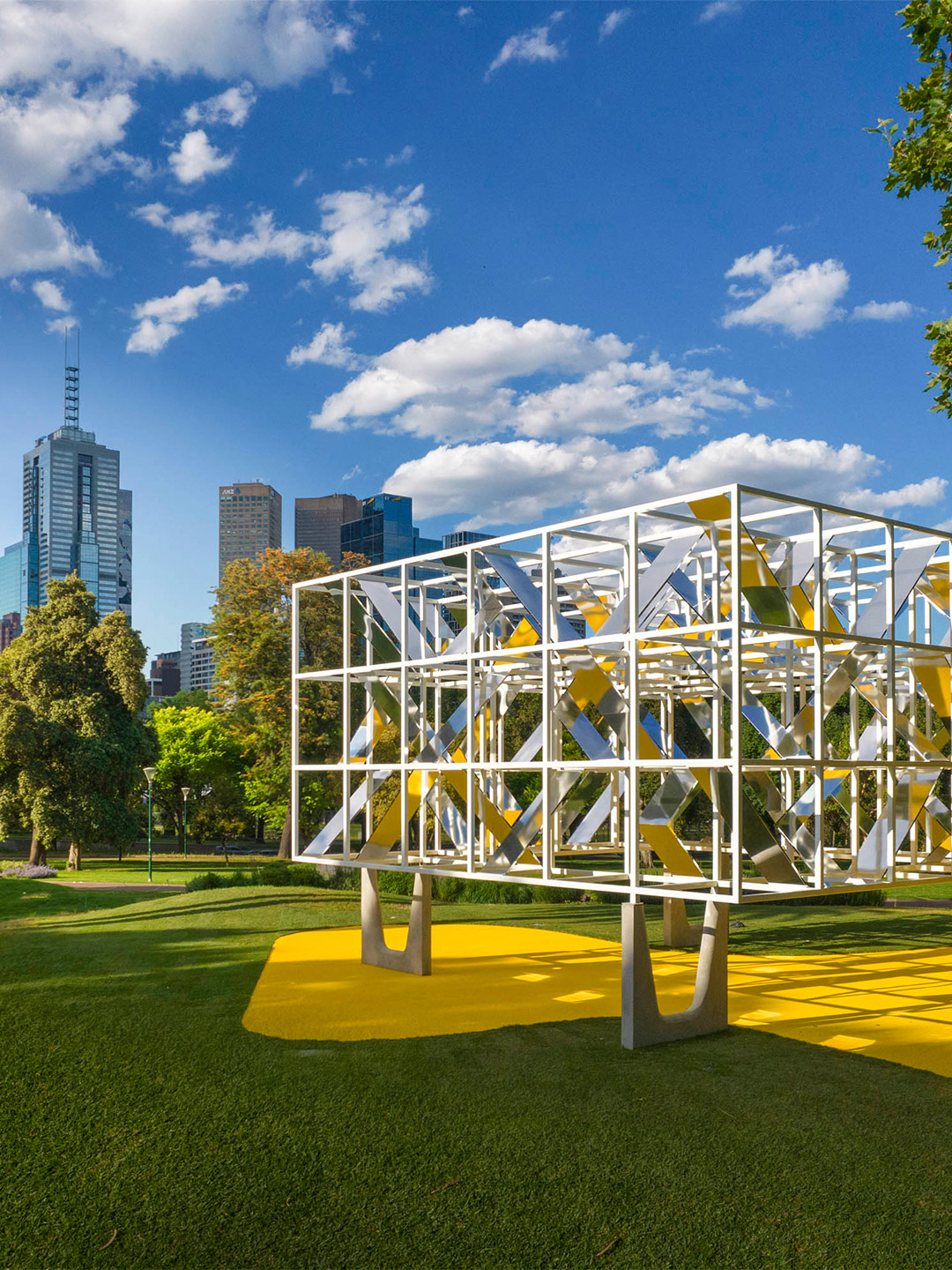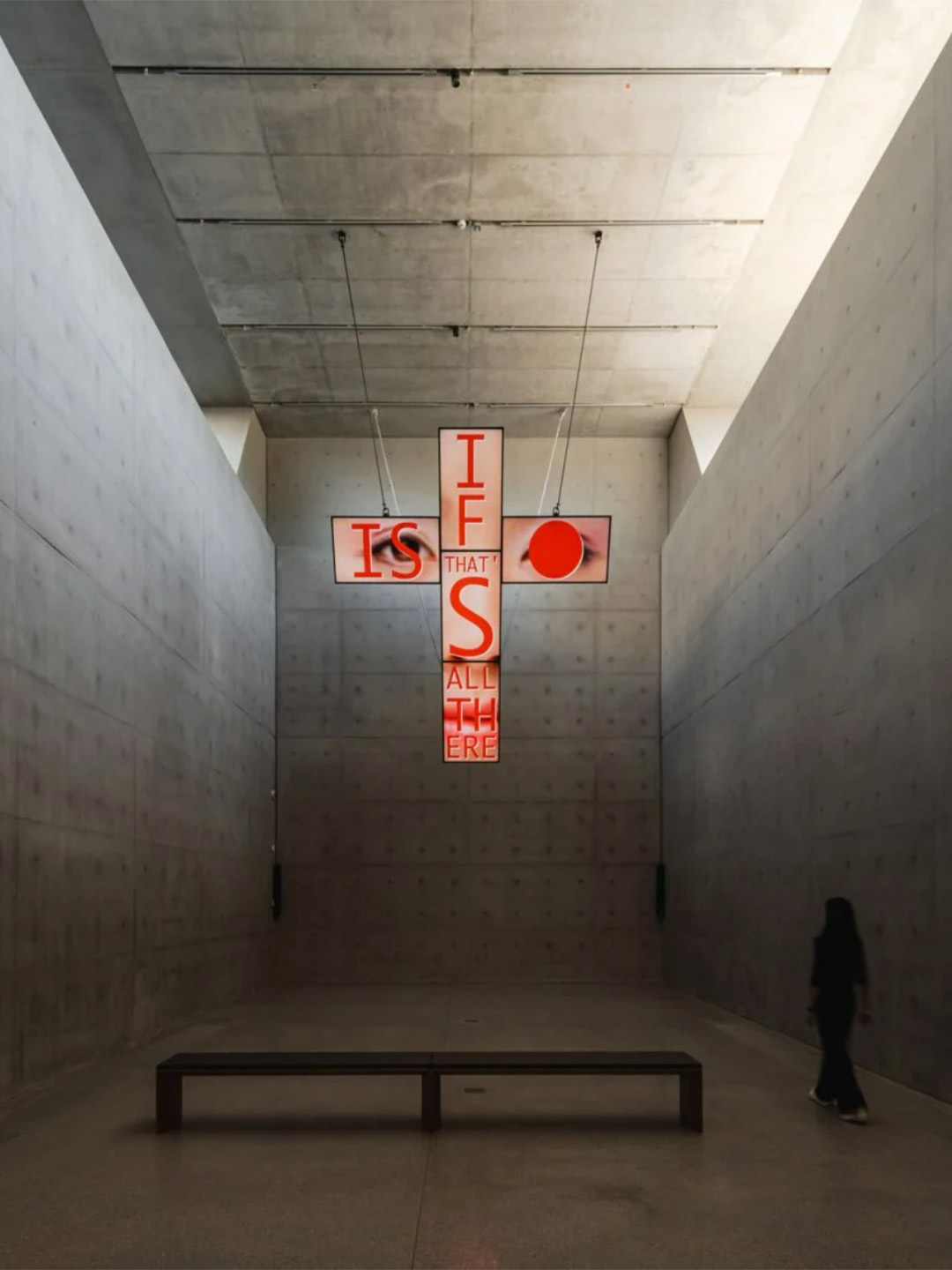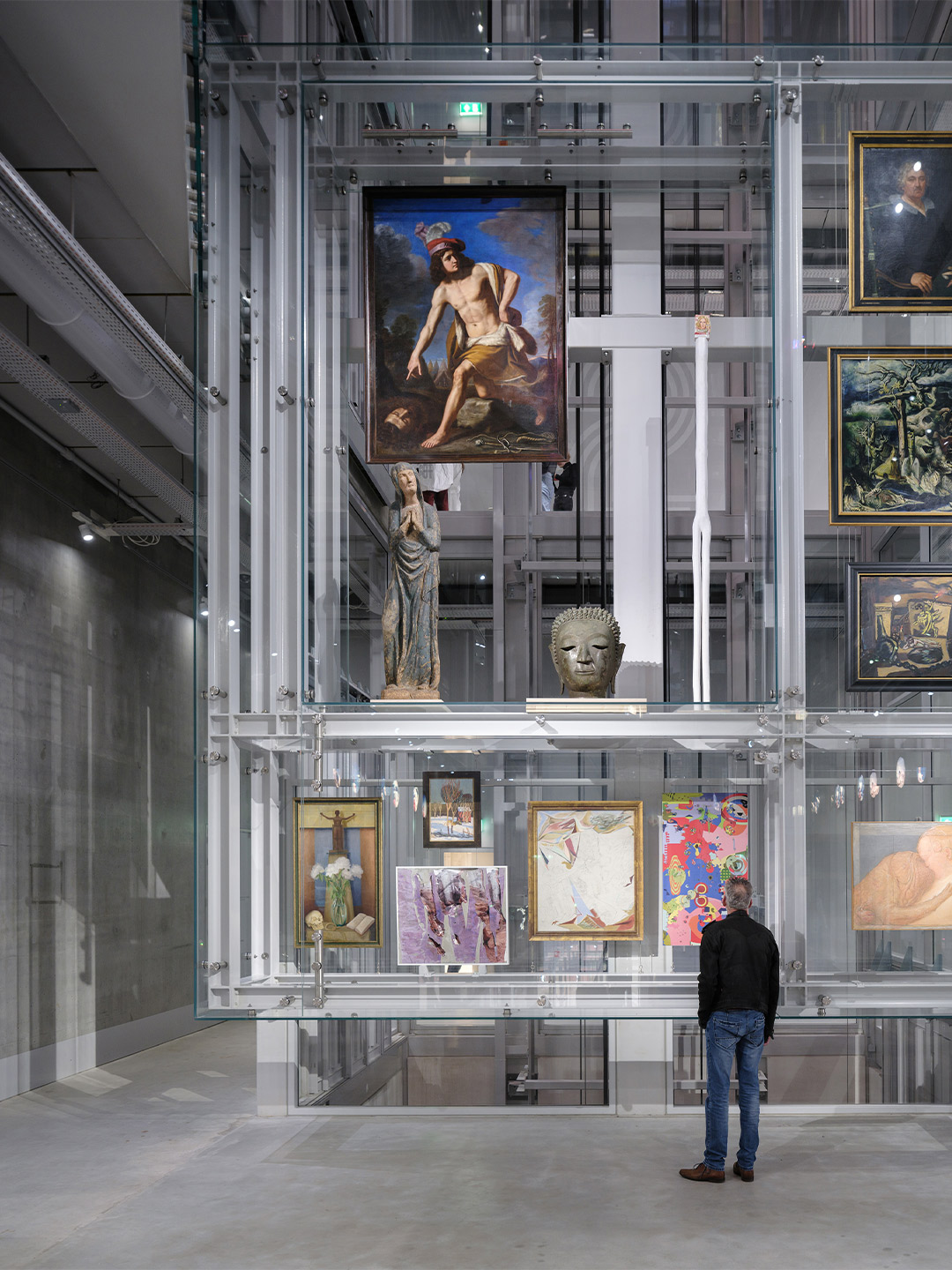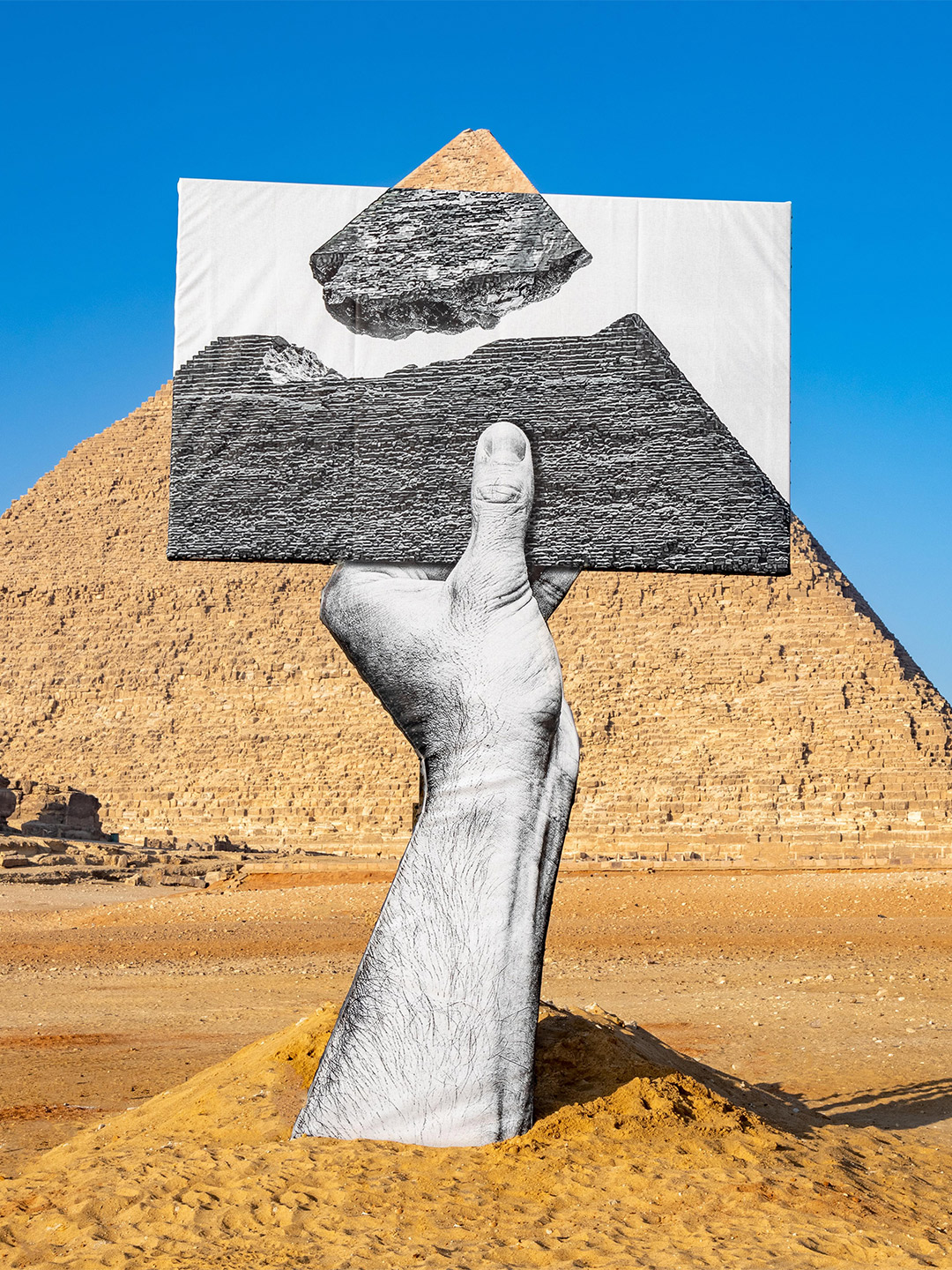Prior to 1970, the Yolŋu women of north-east Arnhem Land would never have painted sacred themes on bark or larrakitj (the name given to hollow timber poles). Certainly not in their own right. However, in recent decades, a number of female artists have taken to these media, becoming renowned both nationally and internationally for daring and inventive works that challenge ancient tradition. The National Gallery of Victoria in Melbourne has been acquiring a selection of these works for more than two decades. Particularly those by female artists from the Yolŋu-run art centre, Buku-Larrngay Mulka, known simply as Buku. The NGV now holds one of the most significant collections of work by Yolŋu women, and ‘Bark Ladies: Eleven Artists from Yirrkala’ is the exhibition that will present these important pieces to the public this December.
Buku is located in a small Aboriginal community called Yirrkala, the place referenced in the exhibition’s title, which is approximately 700 kilometres east of Darwin, the capital of Northern Territory in Australia. According to the staff at Buku, local Yolŋu Law dictates that ‘land’ extends to include the sea. They suggest that both dry land and sea are connected in a single cycle of life, which the Yolŋu people celebrate through their songs, sacred designs and art-making practices. “Both Yolŋu men and women are known for channelling this unique world view into innovative works of art,” the Buku team explain.


‘Bark Ladies’: An exhibition of work by the Yolŋu women of Arnhem Land to open at NGV
The ‘Bark Ladies’ exhibition begins with the significant bodies of work by the sisters Nancy Gaymala, Gulumbu, Barrupu, Ms N Yunupiŋu and Eunice Djerrkŋu Yunupiŋu. In this first space, audiences will encounter stories about Yolŋu conceptions of the universe, fire, and creation, as well as bold contemporary paintings that explore rhythm, tonality and gesture. In the second gallery space, visitors will experience other significant works by artists from the community. Among these are optical illusions by Dhuwarrwarr Marika; waterlilies by Malaluba Gumana; monochromatic stars by Naminapu Maymuru-White; bold visions in pink and blue by Noŋgirrŋa Marawili and Dhambit Munuŋgurr; as well as the last produced paintings by the late master-painter Ms Wirrpanda.
A highlight from the exhibition is a newly commissioned large-scale, floor-based work by Naminapu Maymuru-White depicting Milŋiyawuy, also known as the Milky Way or River of Stars. Maymuru-White’s work extends across the entire floor of Federation Court and has been developed in collaboration with the NGV. This work is complemented by a multimedia cinema on the mezzanine floor, where audiences can sit and listen to the artist recounting her story of the work, a deeply moving story that is connected to the mortuary rites of the Manggalili clan whose deceased souls are turned into stars.
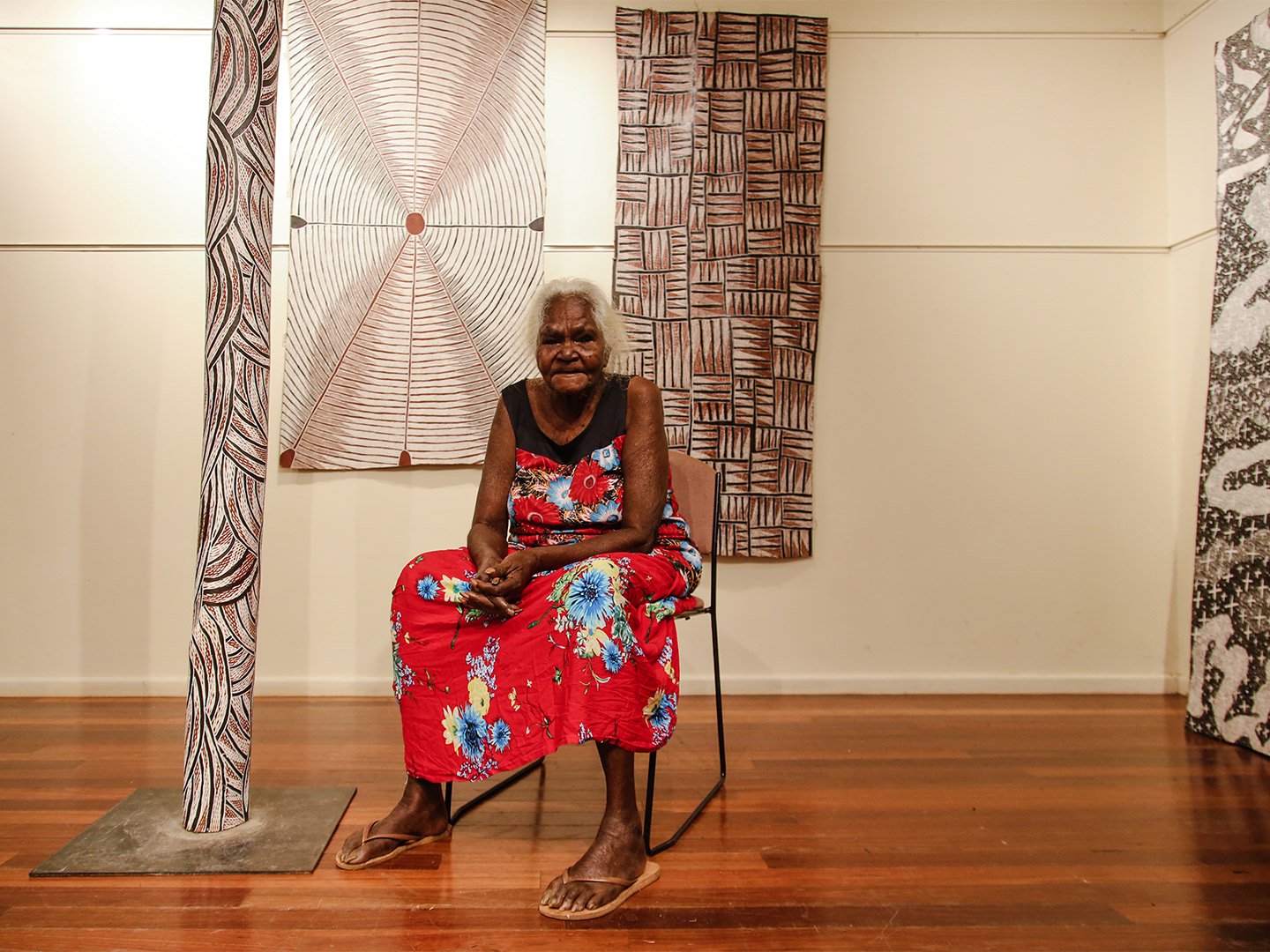

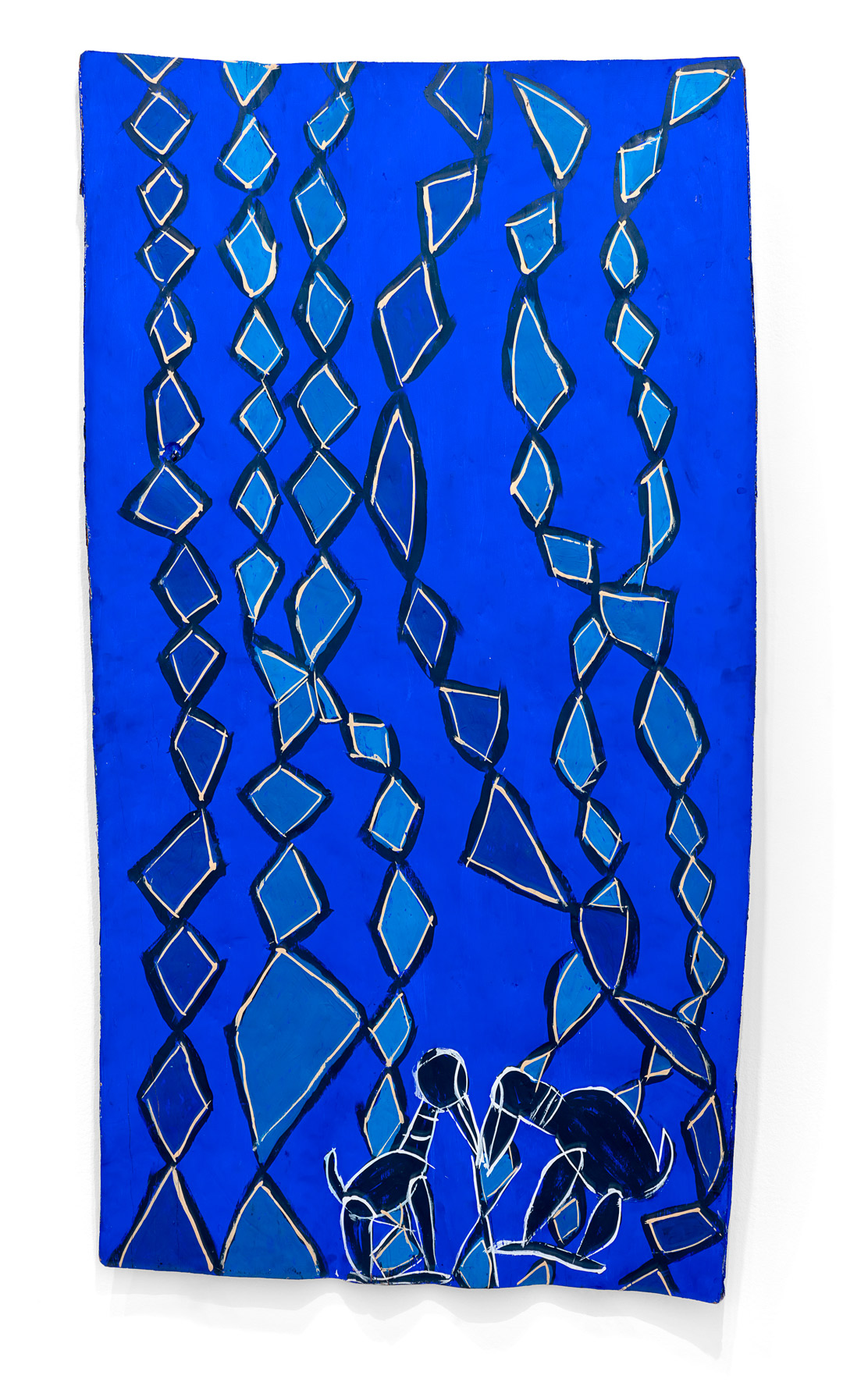
Three recently acquired bark paintings by Eunice Djerrkŋu Yunupiŋu titled I am a Mermaid, New Generation and My Wedding will also be on display. These vivid and technicolour paintings tell the story of the artist’s conception. The paintings illustrate how Yunupiŋu’s unborn spirit visited her father in the form of a mermaid, and how her father tried to spear the mermaid, believing the spirit to be fish. He then fell asleep and upon waking, Yunupiŋu’s mother confirmed with her husband that she was with child, thus bringing their daughter into the world.
A further highlight is Dhuwarrwarr Marika’s Birth of a Nation, which was recently included as a finalist in the 2020 National Aboriginal and Torres Strait Islander Art Awards. The designs in Marika’s work contain within them the identity of the coastal place known as Yalangbara. Yalangbara is the fabled landing site of the Djang’kawu Sisters, the major creator beings who arrived there from their mythical island Burralku.
Also on display is a collection of larrakitj, including nine recently acquired ‘pink poles’, painted by Noŋgirrŋa Marawili. Each of Marawili’s works have been rendered in an arresting array of pink tones produced by mixing recycled printer cartridges with earth pigments and ochre. Signalling a daring departure in both technique and colour, Marawili’s distinctive larrakitj feature the sacred cross-hatched design for the freshwaters of the Djapu clan, whose ancestors hunted using woven fish traps. Marawili’s works are to be presented among a selection of larrakitj within a mirrored room, creating the illusion of an infinite grid. Larrakitj were traditionally used by Yolŋu people as a type of coffin or bone container placed following a ceremony as a memorial to a deceased person after death.
‘Bark Ladies: Eleven Artists from Yirrkala’ is presented by the National Gallery of Victoria (NGV) in collaboration with Buku Larrngay Mulka Centre and is on display from 17 December 2021 to 25 April 2022 at NGV International, 180 St Kilda Road, Melbourne. Entry is free.

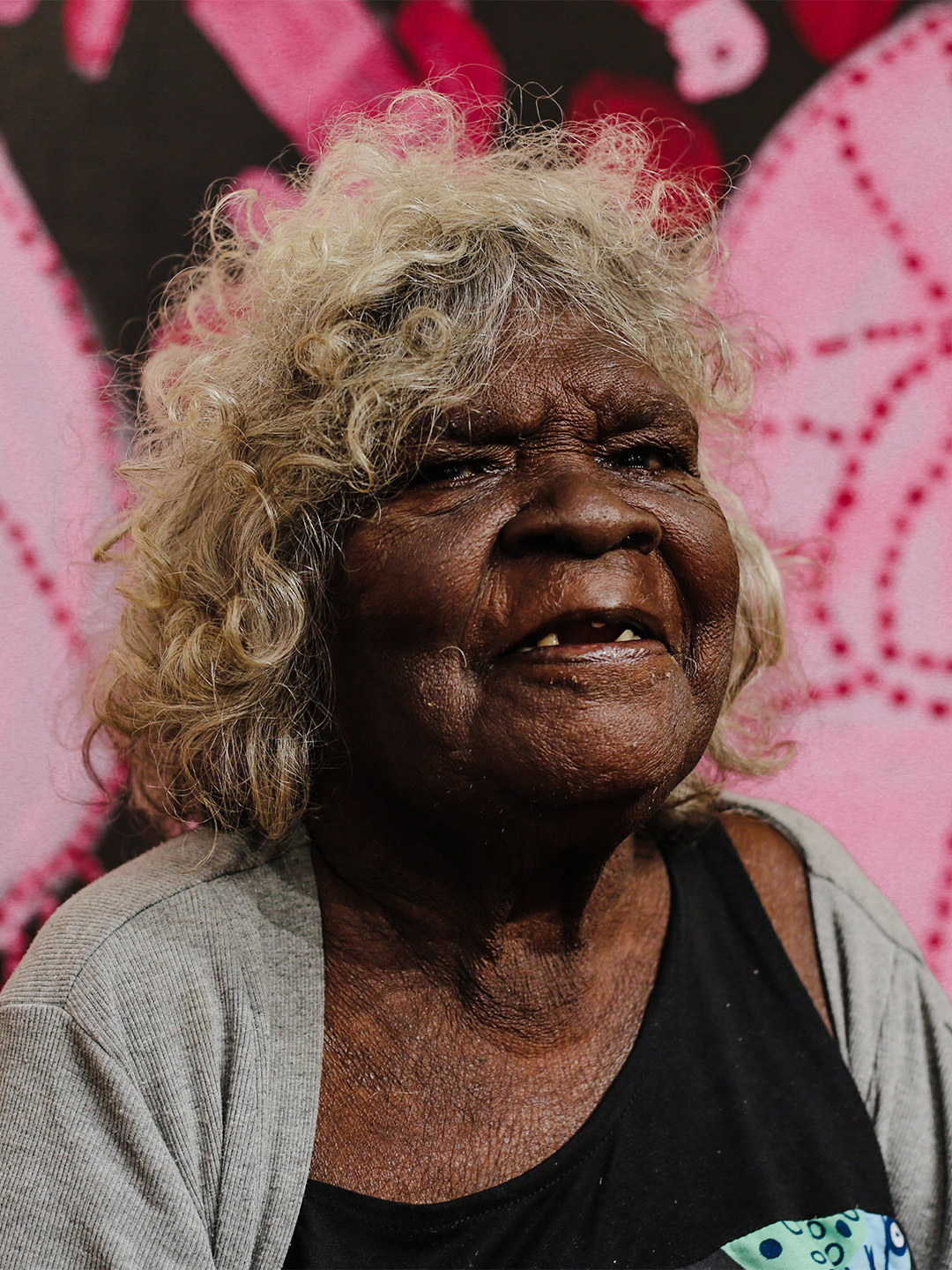
While the charms of the old red-brick building have established it as a landmark in the streets of Pascoe Vale, the school has also developed strong connections with the community.

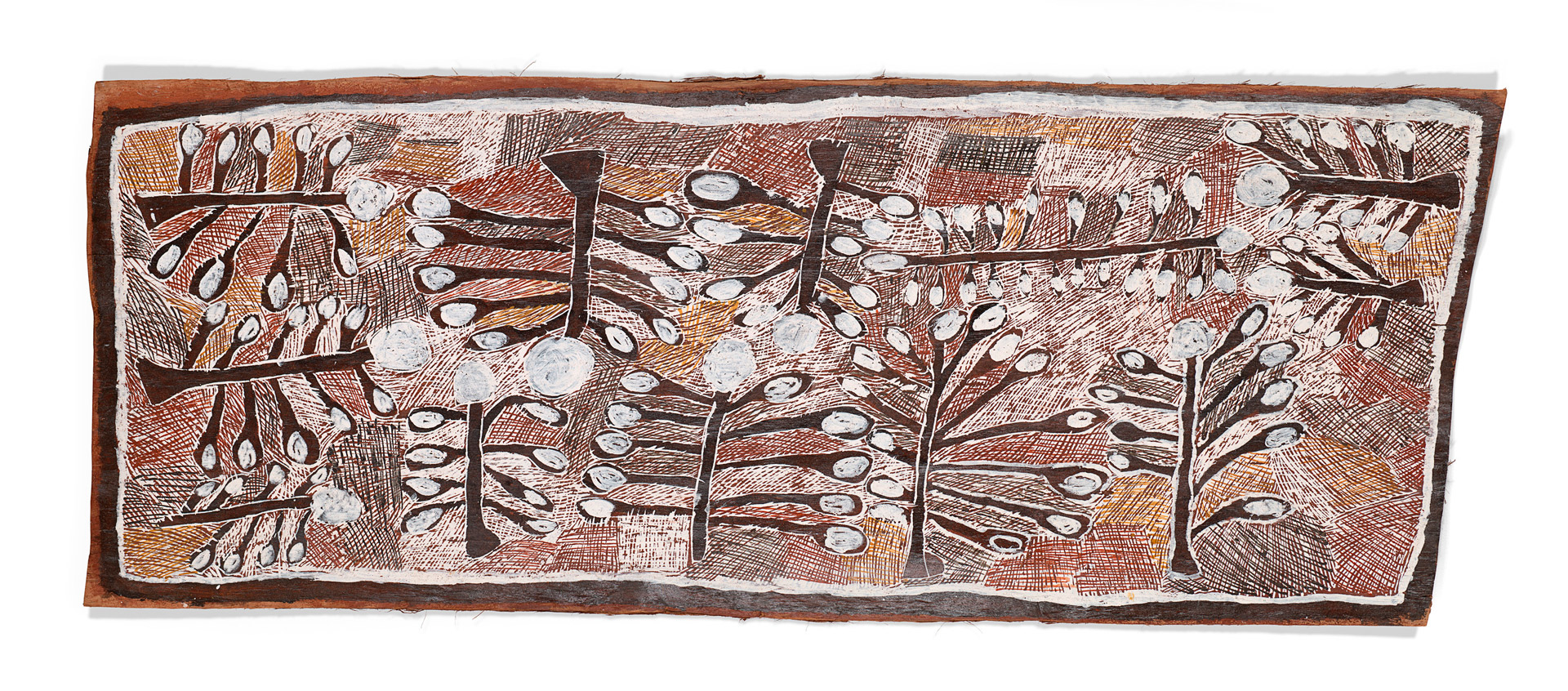
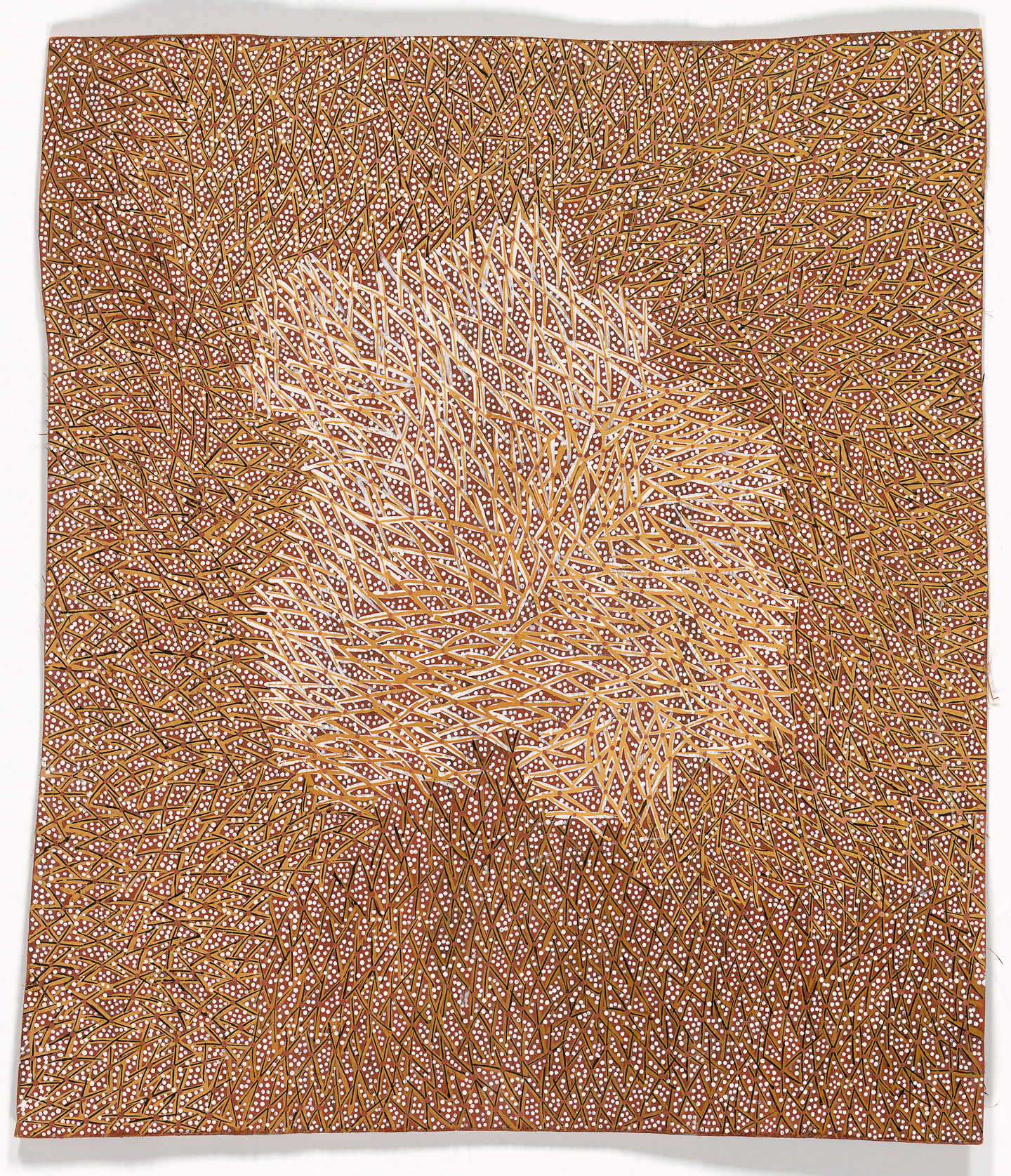
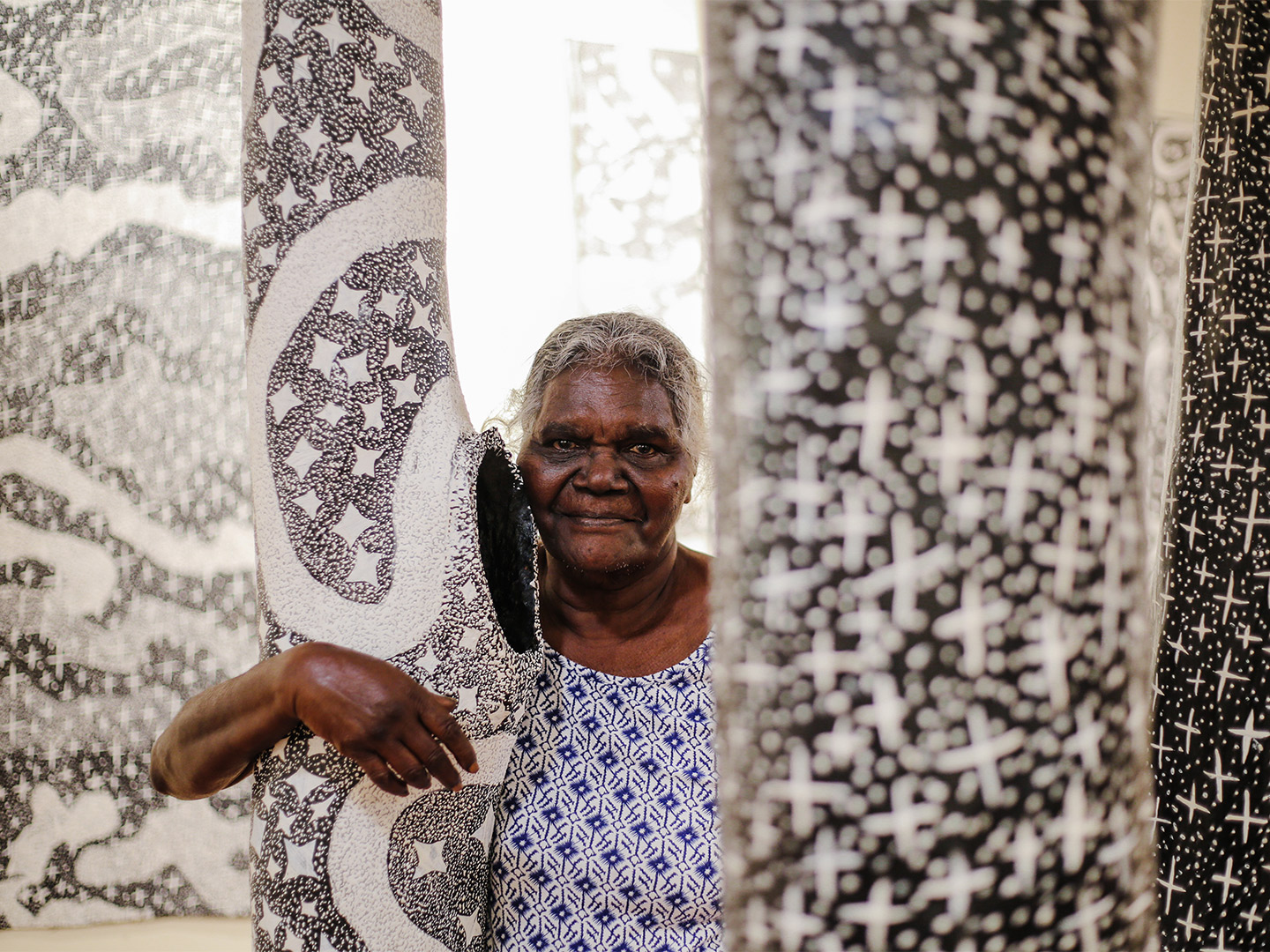
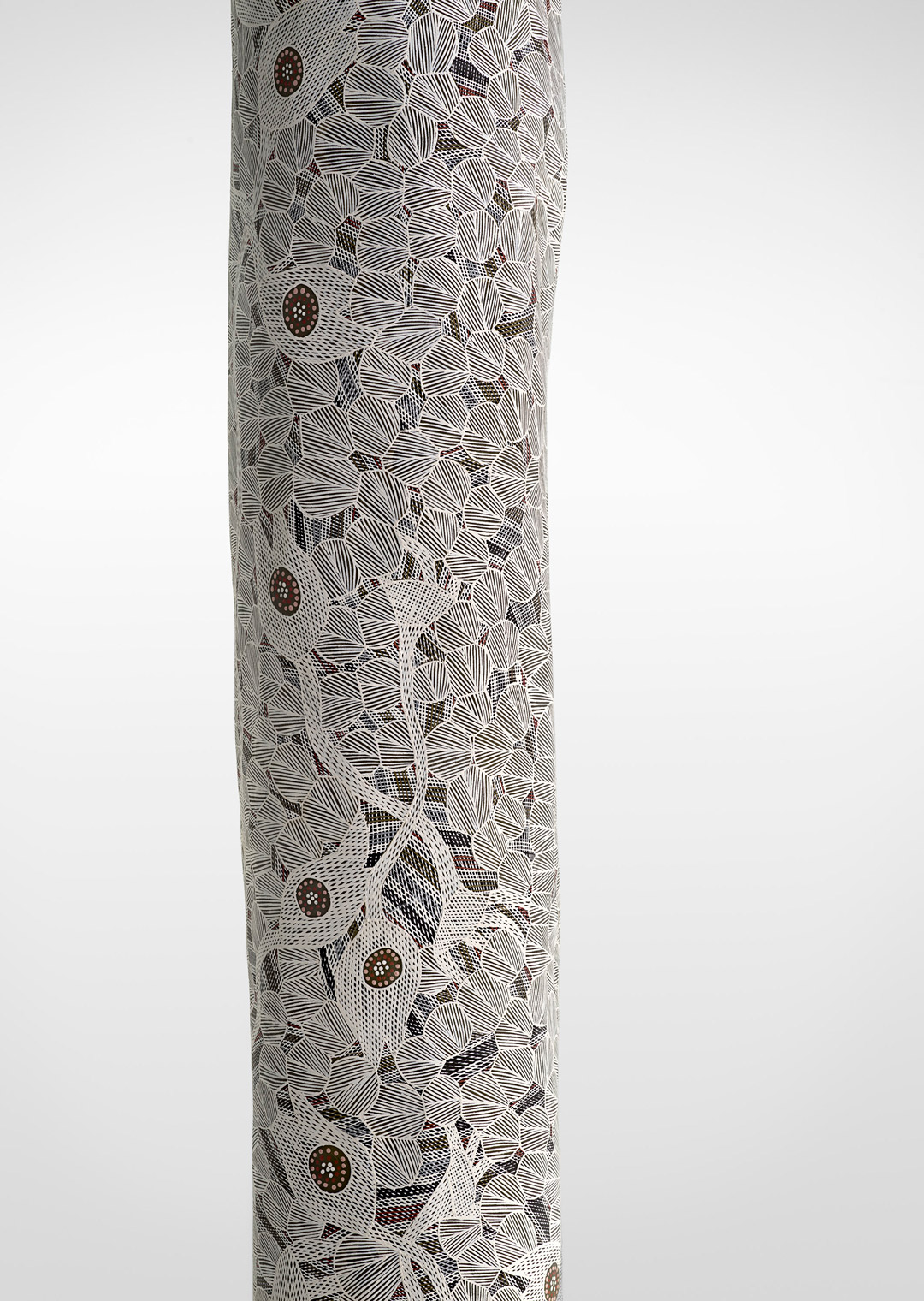


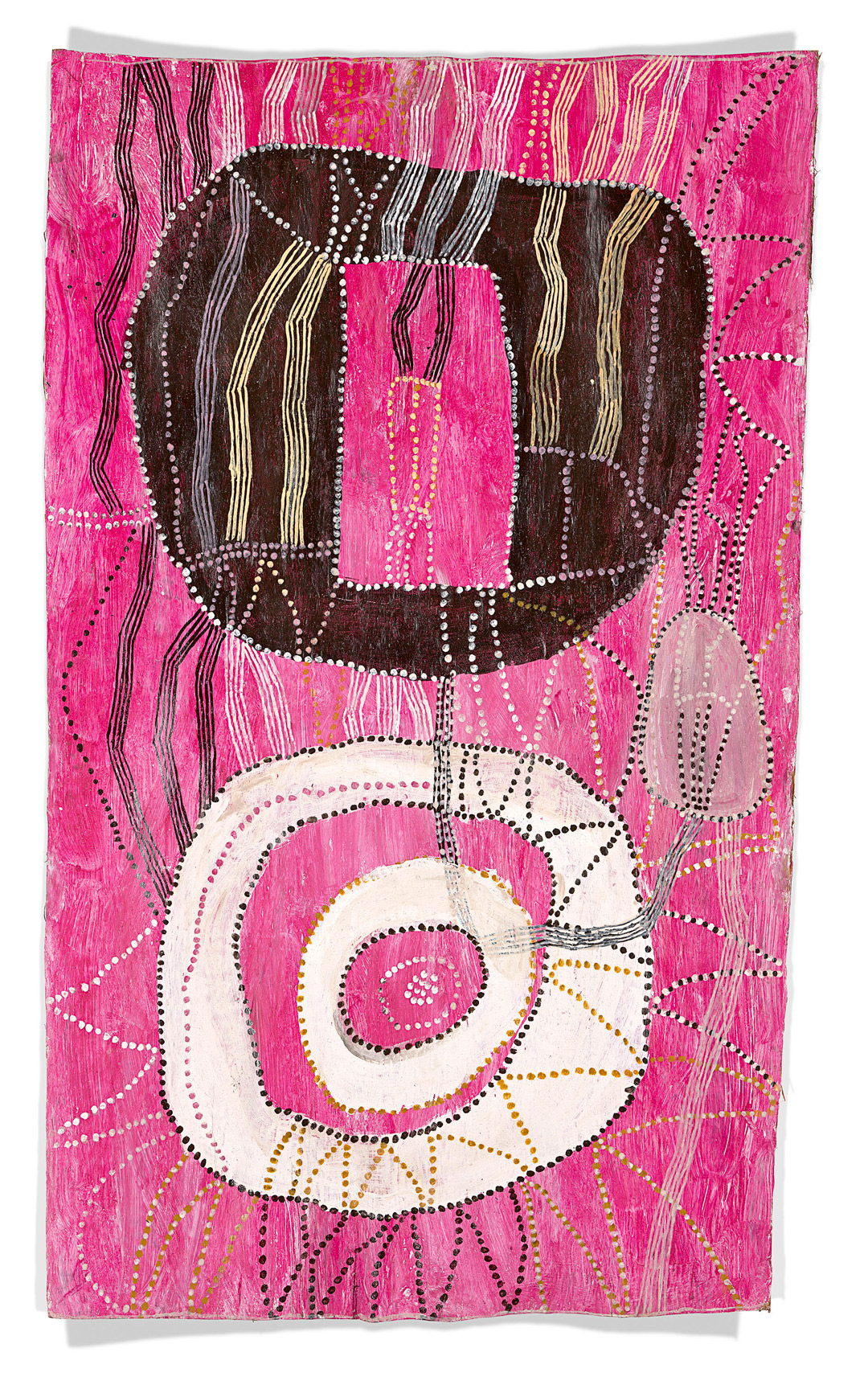
Catch up on more architecture, art and design highlights. Plus, subscribe to receive the Daily Architecture News e-letter direct to your inbox.
